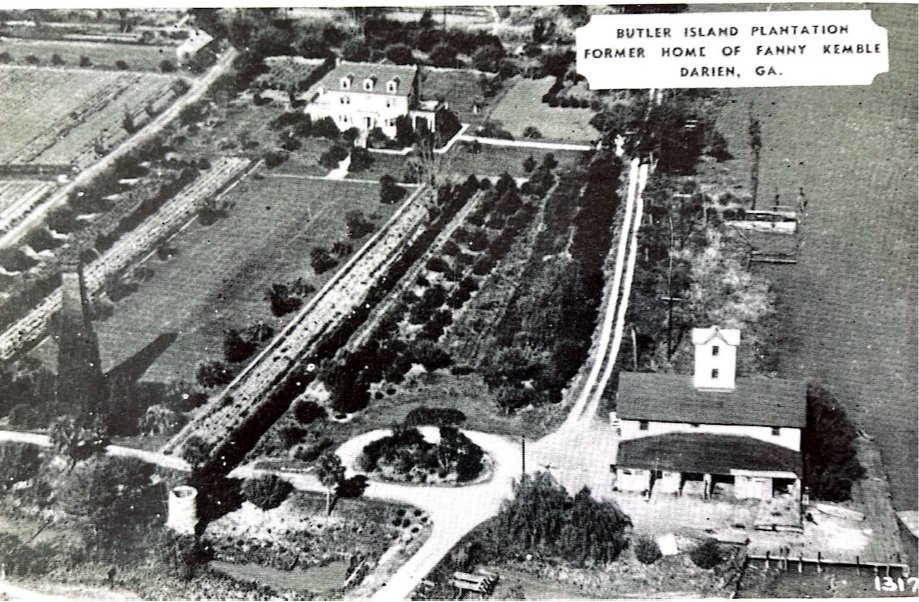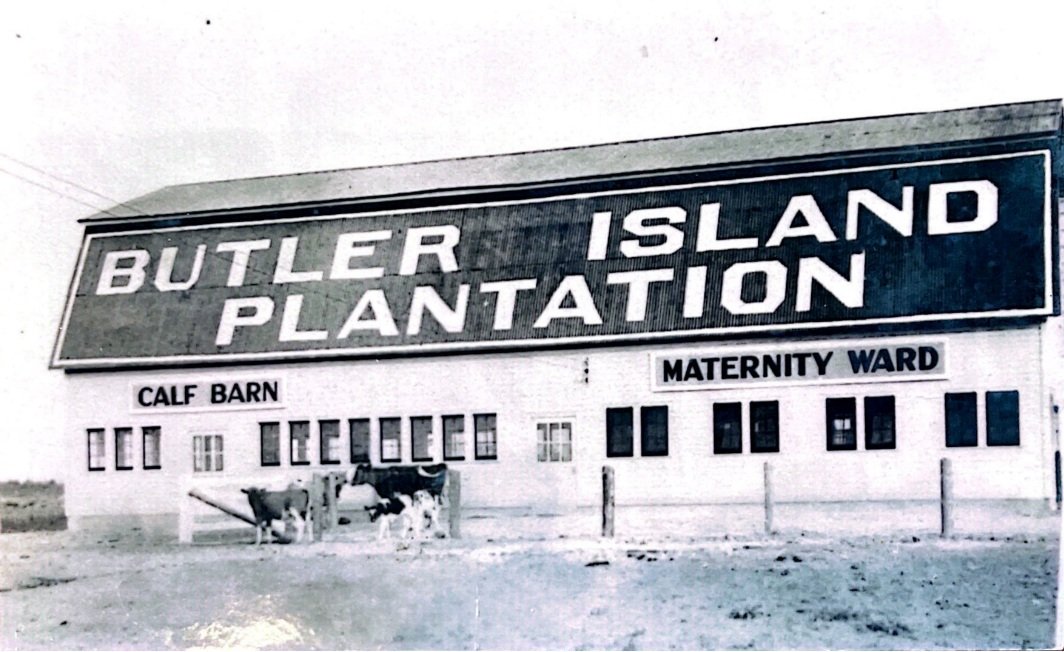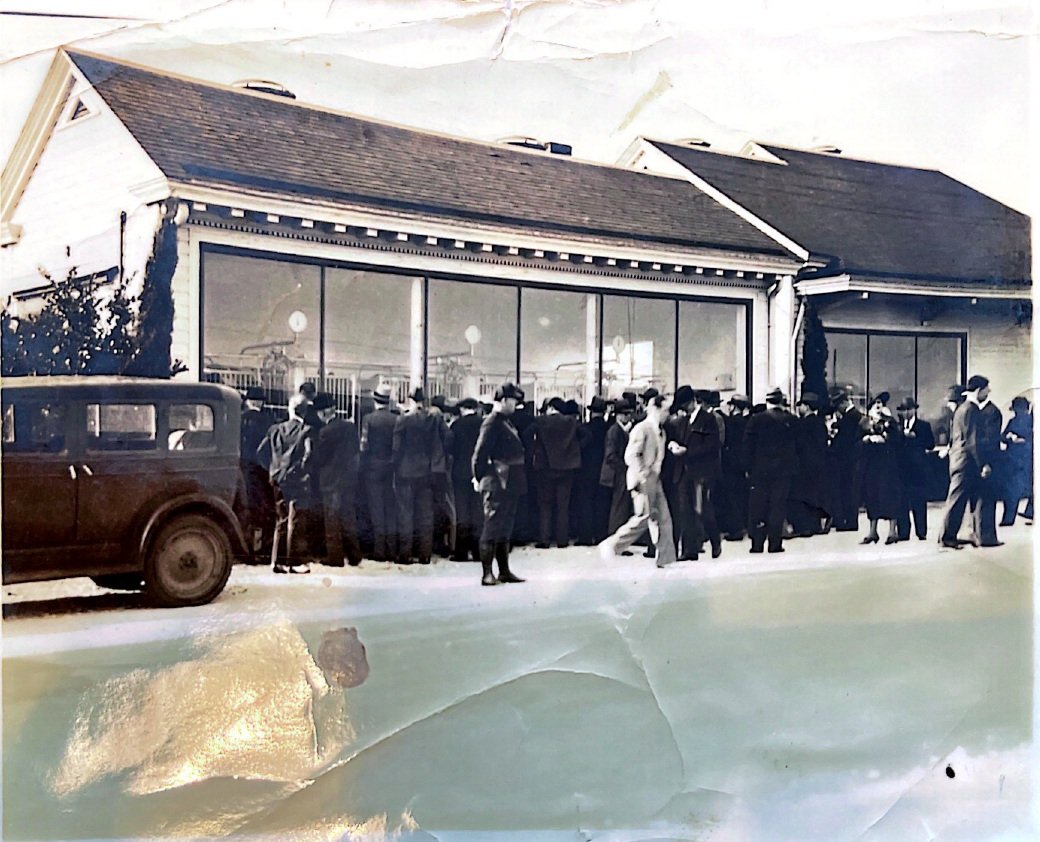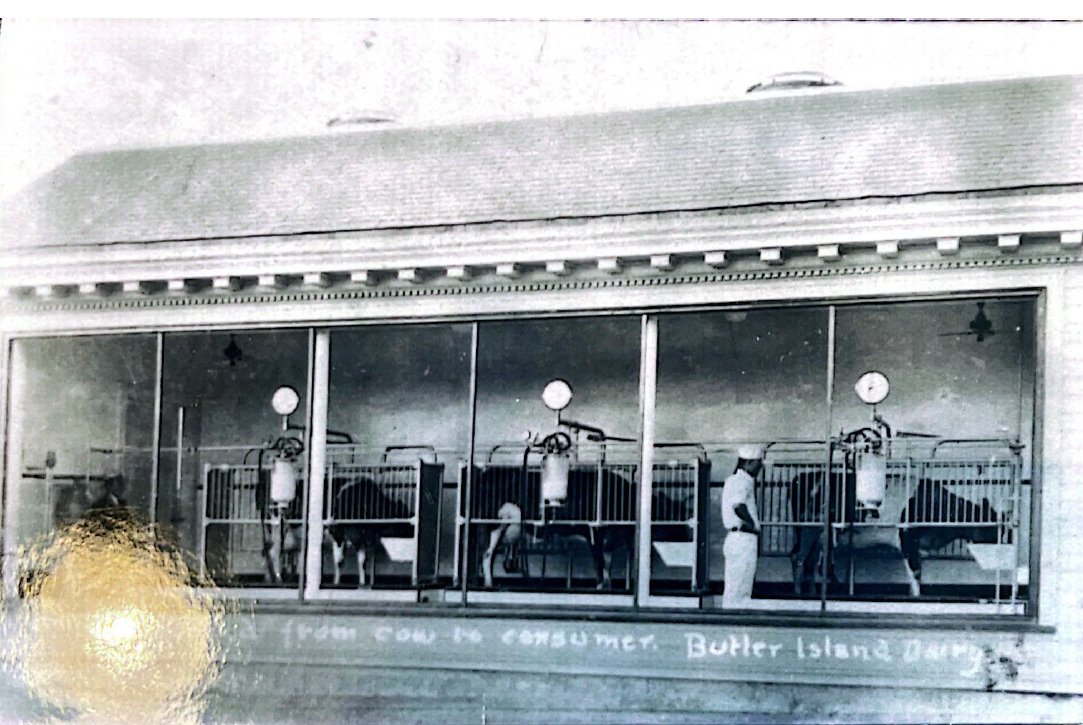BUTLER ISLAND
Aerial Photography provided by Shamrock Plus Visual Solutions.
LIFE ON A GEORGIA PLANTATION
Butler Island is largely associated with three main historical periods to include Southern plantation life during the 19th century, early 20th century dairy farming and truck crop cultivation, and the island’s transfer of ownership to the State of Georgia in the 1950s as part of a conservation movement funded by business magnates. The period of significance for Butler Island extends from 1784, when Major Pierce Butler acquired the island and began development of the Butler Island rice plantation and ends in 1954, when the last private owner, Richard J. Reynolds, Jr., sold the island to the State of Georgia for the creation of a wildfowl refuge and the property ceased use for agricultural purposes.
Ethos Preservation is currently in the process of getting the following buildings and structures nominated as a National Register District. The Island’s historic resources are significant at the state level under criteria (A) Agriculture for its association with the development of large scale agriculture from the late eighteenth century through the mid-twentieth century and Ethnic Heritage: Black due to the large number of enslaved people who worked on Butler Island and its connection to the Weeping Time, the largest sale of enslaved persons in American history; and at the state level under criteria (D) Archaeology with areas of significance related to Agriculture, Archaeology – Historic (Non-Aboriginal), Ethnic Heritage/Black, and Social History for the previous archaeological work that has been performed on the enslaved communities, as well as the potential information future investigations may uncover.
The City of Darien commissioned Landmark Preservation Consulting, LLC (LPC), to perform a thorough building assessment of the T. L Huston Residence (1927), two rice mill chimneys (ca 1883), a Milking Parlor (1927) and a Dairy Barn (1935), located on Butler Island in Darien, Georgia. The purpose of this assessment is to provide a master plan for future treatment of the buildings and structures. This master plan provides a framework for the short and long-term maintenance, care, and preservation of the buildings and structures.
Countless hours of study and archival research from all team members culminated in a master plan that included:
Brief History (Ethos Preservation)
Period of Significance and Interpretation (Ethos Preservation)
Comprehensive Conditions Assessment and Recommendations for three buildings and two structures
Environmental - Flooding Adaptative Guidelines, Flood Mitigation (Thomas and Hutton) and Archeology Considerations
Capital Budgets for Preservation and Restoration
Preventative Budget for Maintenance
Project Team Members included: Ethos Preservation and Thomas and Hutton Engineering.

















